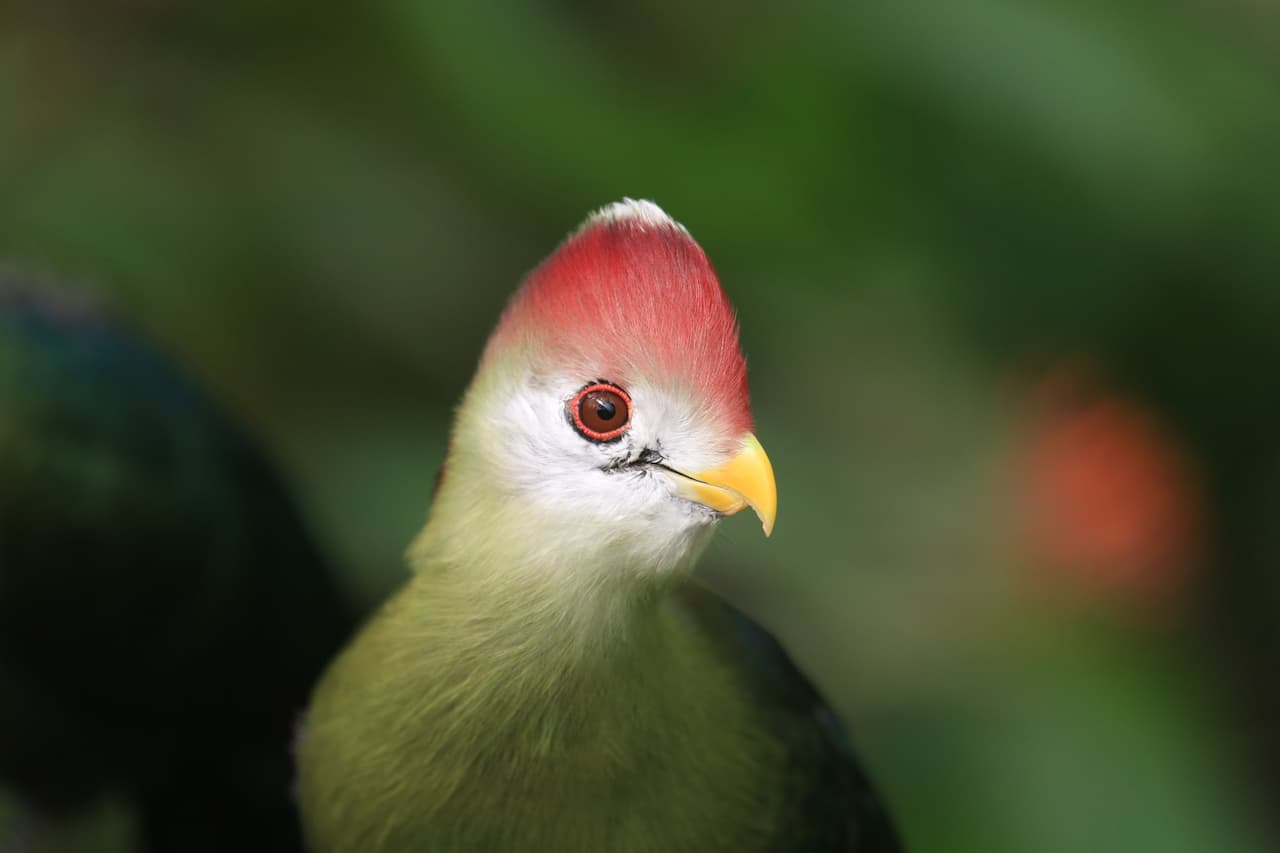Do Eagles Have Feathers on Their Legs?
Most eagles do have feathers on their legs, but some don’t. It depends on the individual bird.
The iconic Bald Eagle does have feathers on its legs until the knee where the feathers become bright yellow thick scales. Golden eagles on the other hand have feathers all the way down the leg until their feet. This subtle difference is one way to differentiate these similar-looking raptors.
These scales can be found on most species of eagle and help protect the bird’s feet from prey fighting back when they are ensnared in the eagle’s talons.
Most eagles do have feathers on their legs and are often confused with other large birds like hawks and vultures which do not have feathers on their legs. Although they look similar, they do have their differences.
Birds of Prey
There are numerous sub-families listed under the Accipitridae family of birds which includes hawks, eagles, buzzards, harriers, kites, and Old World vultures.
Eagles are another species of this family and are further classified as Birds of Prey or Raptors.
And even though most scientists concur when these labels are used to differentiate the bird’s species, there is still no uniform definition for either Bird of Prey or Raptor.
There are currently 60 known species of eagle spread across the globe with only two of them being native to North America.
One of the things that make this bird so special is its ability to fly at high altitudes which most other birds rarely frequent.
They have powerful wings that can reach speeds up to 100 mph (160 km/h) miles an hour and up to 200 mph (320 km/h) when diving.
Eagles can also spot their prey as far off as two miles, eight times better than a human’s eyesight.
These predatory birds are some of the largest bird species with wing spans of up to eight feet or more and are powerful hunters. Just check out these pictures where a bald eagle tries taking a rabbit out of a fox’s mouth and drags the fox with it! They have no problem taking on prey larger than themselves.
Also Read: What Eats Eagles?
Eagle Feet
One thing that makes eagles different from other birds is their powerful feet. An average American Bald Eagle can carry up to 30% more than its own body weight using its feet and strong wings, and they’re not even the “strongest” eagle!
As far as pure power goes, the harpy eagle wins as the strongest (grip) and can exert pressure over 500 psi – pounds per square inch – when they grip prey. Runner-ups could include the Eurasian Eagle Owl and the Great Horned Owl sporting over 400 psi.
This is enough to break your arm if you happen to have one perched on it for some reason and the bird gets nervous.
Their feet also have small bumps on the bottom called “spicules” that help grip slippery prey like fish and snakes.
They’re normally yellow in color with tough scales that make it hard for snakes and other prey that may fight back from piercing the eagle’s skin.
Their sharp talons puncture and keep hold of the animal until it reaches a place where it feels safe enough to eat without being disturbed.
Talons vs Claws
It’s the talons of a raptor or bird of prey that really make eagles special. They are the only bird group that has talons.
Yes, hawks and other birds are all in the same Accipitridae family of birds and they have claws that act like and are similar to talons, but they are not labeled or classified as talons. They are classified as claws.
So if you look up talons, it means these “claws” belong to an eagle and only an eagle.
These talons have evolved for one specific purpose, to catch and hold prey. And with some bird’s talons like the Harpy Eagle reaching lengths of 5 inches, it’s easy to see how these super sharp hooks can snare and hold onto anything they want.
All eagles have four talons at the end of each toe. There are three front toes and a back toe. The back toe’s talon also called a hallux works similar to a human’s thumb.
Their talons are also made up of the same material, keratin, that makes up our fingernails and hair.
Eagles have complete control over their talons and can lock onto anything they want and unlock at any time.
There is the misconception that eagles can’t always unlock their talons once locked due to their flexor tendons having tubercules that lock with grooves on their tendon sheaths helping the bird to stay stable as it sleeps on a branch.
This isn’t the case at all. The eagle just has to “think” about letting go rather than it being a natural occurrence.
Sometimes when battling large prey it looks as if this is a bird in trouble due to this ratcheting effect, but in reality, it’s just a stubborn eagle that isn’t going to let go of its dinner.
How Do Eagles Kill Their Prey?
Eagles can live up to 25 to 30 years old. That’s a lot of time to hone their skills and decide what works and what doesn’t.
With their large powerful bodies, keen eyesight, and sharp talons, eagles are a flying killing machine.
Like other birds, different eagles hunt in different ways.
The bald eagle for example is more of a fishing raptor than a “true” hunter. Bald eagles primarily feed on fish and can usually be spotted at the edge of rivers and lakes.
They will even snag dead animals on the sides of roads or even go through local garbage dumps scavenging for food.
When they hunt, they usually snag squirrels and rabbits.
Once ensnared in their talons the bald eagle will often snap the neck of their prey with their strong beaks and fly off with their new meal.
Golden eagles on the other hand are true hunters that can take down an adult caribou, although definitely a rare occurrence, and other aggressive mammals like foxes.
Even today they are still the biggest predators of lamb and baby caribou in Alaska. They are highly aggressive birds of prey that won’t leave a kill due to human presence or even the noise of a helicopter.
An American photojournalist in Russia actually captured a golden eagle killing a much larger deer on film.
Their favorite killing technique is to puncture the lungs of their prey both big and small with their 5-inch long talons piercing the prey’s lungs and heart then holding on or inflicting multiple punctures until the animal tiers, dies, or gives up.
If the prey is too large, the bird will just wait until the animal is weak enough to begin feeding on it.
If it is small enough, it will immediately begin tearing into the animal, eating one side completely before flipping it over to continue finishing off the carcass.
In Closing
Not all eagles have feathers on their legs, but what they all have in common are their long sharp talons and strong bodies.
These birds are killing machines and can take on prey many times their actual size like full-grown deer and caribou.
Thanks to the strong legs feet and talons that can puncture through lungs and other internal organs, the eagle is truly on top of the food chain.




